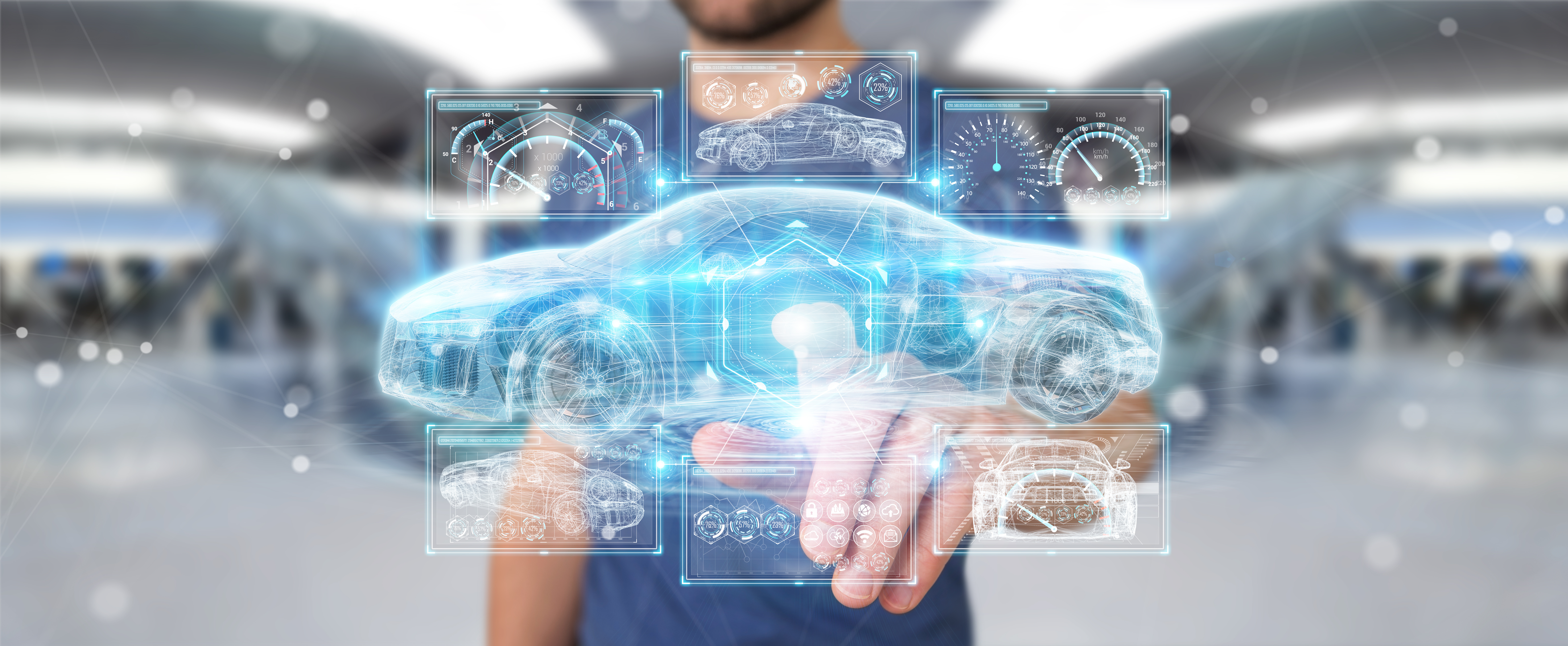
5 Ways Data Science Impacts Car Technology
Self-driving cars have been one of the main keywords in the automotive industry, so you’ve probably heard of it at least once. Believe it not, the idea for a self-driving car has been around since the late 1930s, but no technique or technology can turn it into reality. The least they can do was create a prototype in the 1950s. However, times have changed, very much so, and the world has become more advanced than ever.
Needless to say, self-driving cars are now a reality, mainly due to data science. But that’s not all this technology has to offer this industry. There are many more ways data science has changed car technology. But for now, this article will focus on the long-awaited self-driving technologies.
- Realization Of The Long-Awaited Self-Driving Cars
Self-driving capabilities require many things—motorway lane sensors, automatic-braking sensors, mapping technology, and cameras. But the essential component that self-driving cars couldn’t go without is what was missing—a system that can predict routes and car behaviors while learning over time. One such technology that fit the criteria was long short-term memory (LTSM).
LTSM is a neural network architecture capable of processing, classifying, and making predictions, which was perfect for enhancing the vehicle’s car-following behavior and driving memory. You may click here for more info on this topic.
With the application of this technology, the long-awaited self-driving cars have finally become a reality. But it’s worth noting that this technology is still in its infancy. You can, however, see the progress with some self-driving pods on the market.
- Efficient Maintenance And Longer Equipment Life
Long short-term memory isn’t the only data science technique that deals with predictions. There’s also artificial intelligence and machine learning, both of which have shown considerable contributions to car technology.
For starters, car manufacturers are beginning to use data science algorithms to predict how long cars could last and when’s the ideal date to set an appointment for repairs. So what used to be a lot of guesswork could become an automated process, thanks to data science. No longer will you have to wait until the car breaks down before maintenance since data science algorithms can now detect problems as soon as possible.
- Prevention Of Car Accidents
Experts also suggest that artificial intelligence and machine learning can prove vital in ensuring drivers’ safety by preventing potential safety hazards caused by unseen vehicle damage. However, data science can also minimize car accidents, especially with big data. Basically, big data provide systems the ability to collect extensive data from various sources, making it possible to collect data on car accidents like how and why they happen.

With the collected data, companies can create crash maps where high-risk areas are highlighted, informing drivers to drive safely in such areas. There have been many attempts to generate crash maps. And fortunately, they’ve only shown great results so far.
- Enhanced Overall Vehicle Quality
Manufacturing cars isn’t as simple as one might think. It involves careful handling of raw materials as one mistake may end up downgrading the vehicle. For that reason, the equipment performing both manufacturing and assembly needs to be in perfect shape. They should be perfectly calibrated, engine temperature must be optimal, and their durability must be adequate. Unfortunately, they cannot identify these types of data unless data science is involved.
Just like how data science can monitor the health of a vehicle, the same technology can also detect whether manufacturing and assembly equipment is in perfect shape. By optimizing such equipment, the quality of the finished products will naturally improve.
- Introduction To Cars-As-A-Service
You’ve probably heard of ride-hailing services, where you order a ride and a driver takes you to your destination. But the term cars-as-a-service (Caas) is an entirely new concept. Essentially, this service is similar to ordering a ride from a ride-hailing company, except that the vehicles will arrive at your location without the help of a driver.
Of course, this isn’t exclusive to ride-hailing services. Cars-as-a-service can also be used to deliver goods to different places, therefore eliminating any safety risks for the driver. However, since self-driving cars are still not perfect, cars-as-a-service also has a lot to go through before being released to the general public.
Conclusion
Data science has indeed made a lot of contributions to many fields of study, but the automotive sector is perhaps the industry that got the most out of this technology. Not only did it improve the performance of cars, but data science has also made it safer for consumers to use their cars. Given a few more years of development, cars might look more like what we see in futuristic films.



